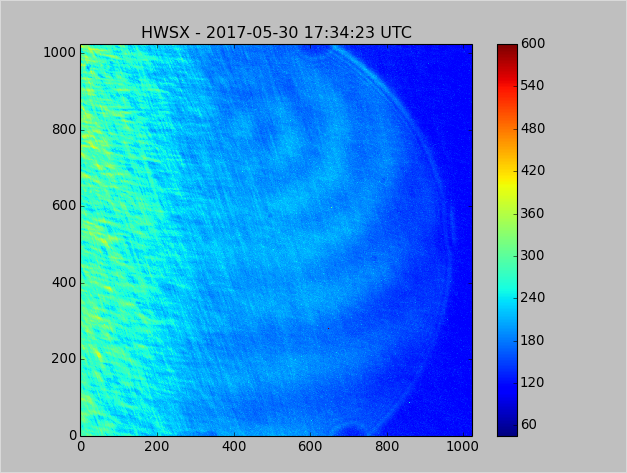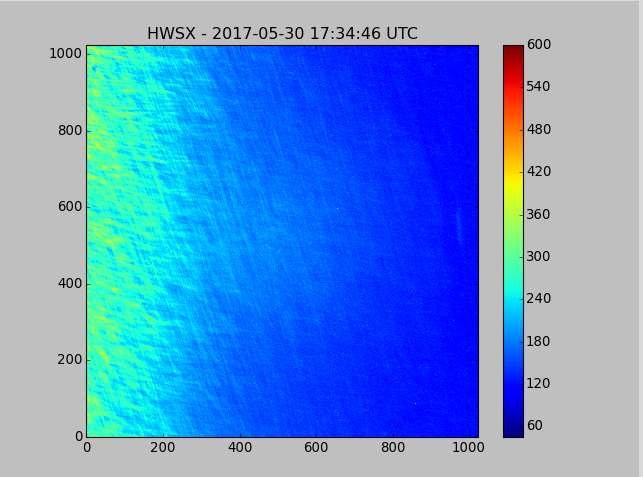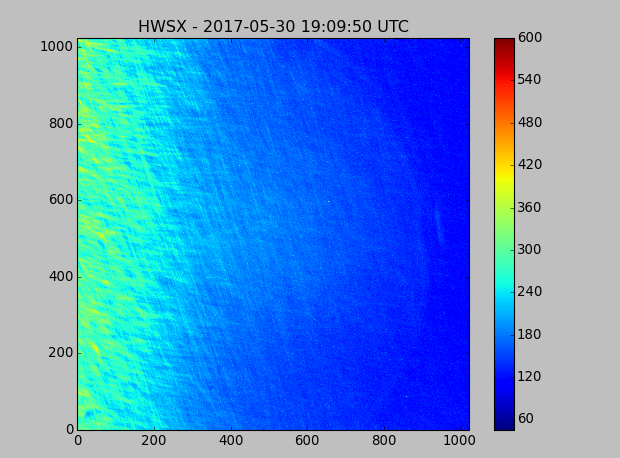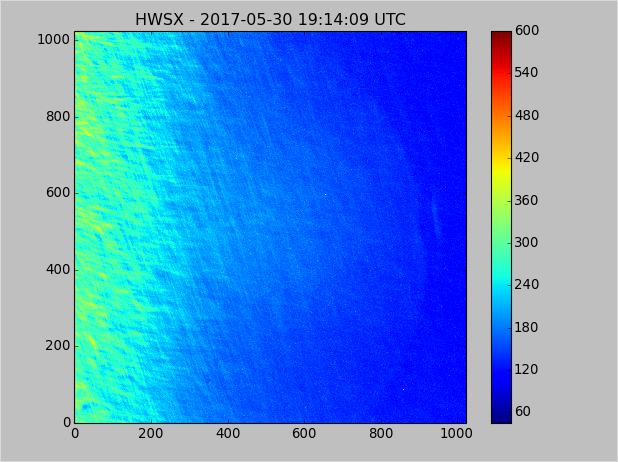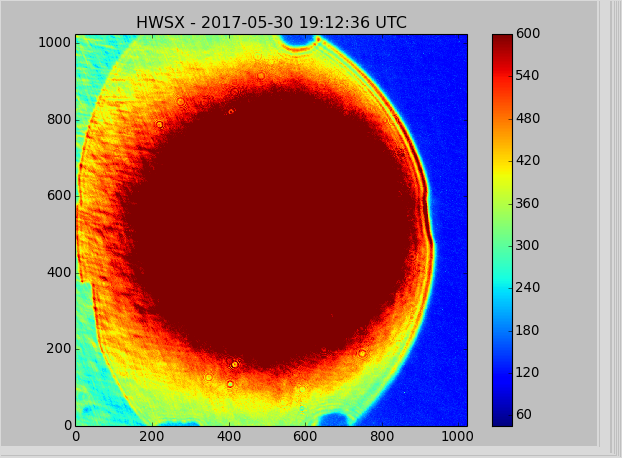TITLE: 05/30 Day Shift: 15:00-23:00 UTC (08:00-16:00 PST), all times posted in UTC
STATE of H1: Planned Engineering
INCOMING OPERATOR: Patrick
SHIFT SUMMARY:
LOG:
- Maintenance Day
15:10 Cleaning crew to end stations
15:!5 Jeff out to the cleaning area
15:15 HFD on site to do some testing
15:18 more Fire system maintenance people
15:22 more fire system maintenance people
15:30 Keita and Sigg out to EX for ALS LASER swap
16:10 Sensor correction for both ends is turned off.
16:23 Chris to CER to erect more scafolding.
16:23 Richard back from EX
16:24 Karen leaving EY
16:29 Sigg back from EX
16:35 TJ to LVEA
16:37 Nutsinee to LVEA
16:39 Norco on site for LN2 deleivery to vessel 80 (EX)
16:44 Kyle to MY
17:00 More fire dept on site
17:06 Keita is back from EX for now but is going back.
17:12 Pep to EY
17:20 Keita, Sigg and McCarthy back at EX
17:40 Fire bell testing at EX. The crew working on ALS have ben notified.
18:02 Carlos heading to EX
18:06 Jeff B heading to end stations
18:09 Chris and Bubba done in the CER
19:34 Hanford Monthly Emergency Test phone call.
20:03 Keita and Daniel are back from EX
20:04 Sheila and Kiwamu are going to EX
20:32 Fred in LVEA with a tape measure.
20:46 Fred out
21:19 Fil to EY
21:43 Hugh into LVEA
21:57 Hugh out
22:07 Called EY to "kick" Fil out so we can start locking.











